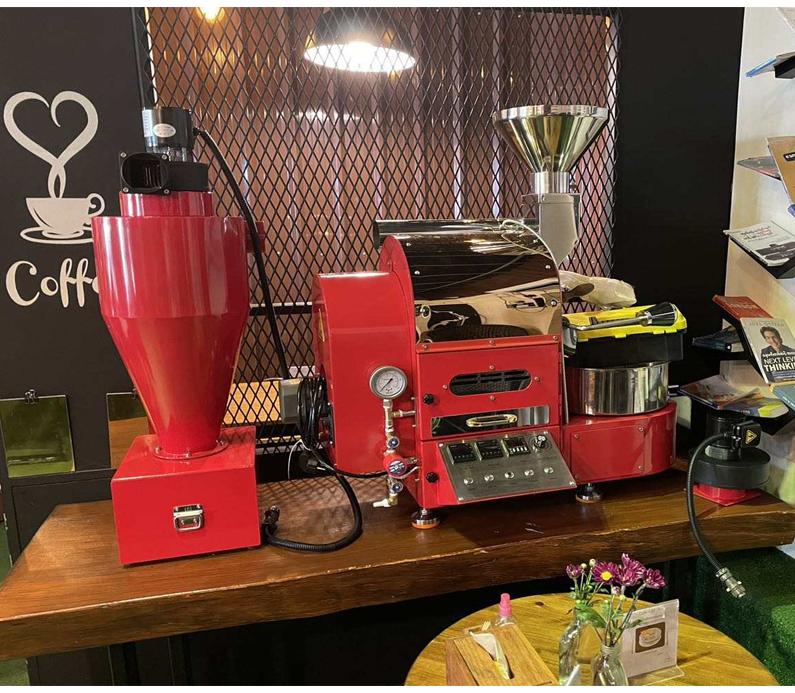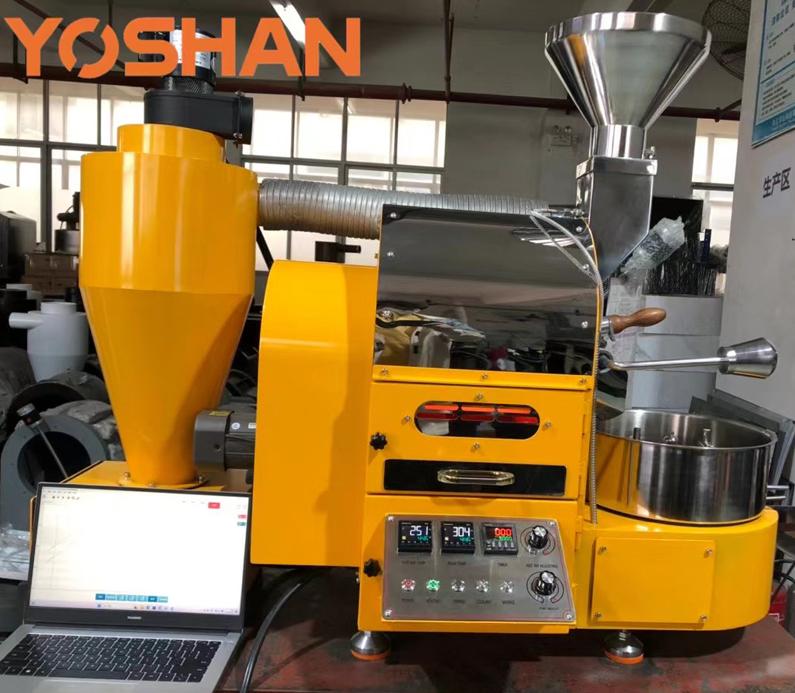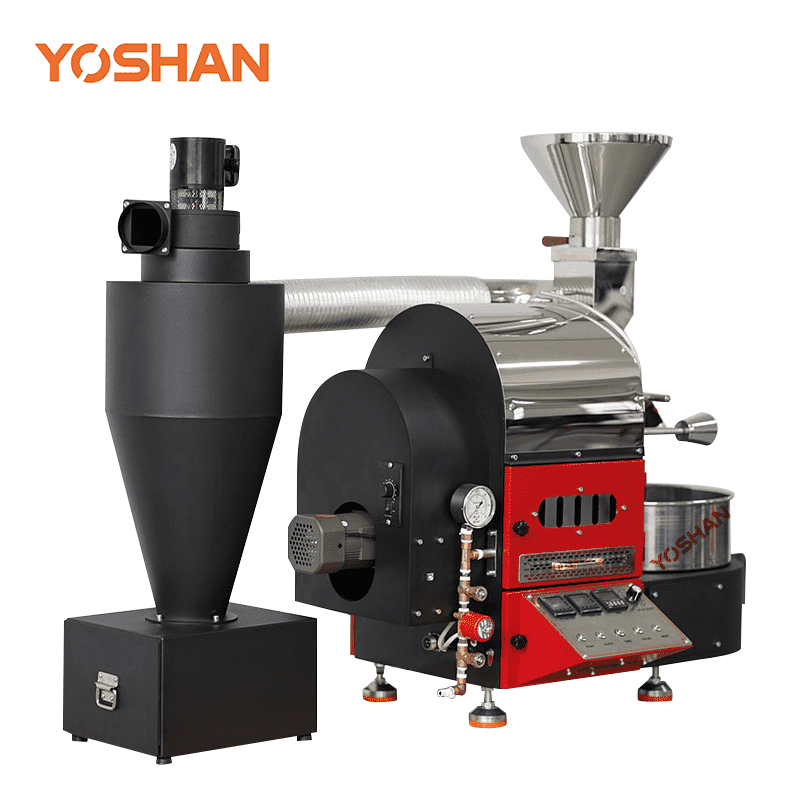Coffee roasting equipment, particularly commercial coffee roaster machines, are sophisticated devices designed to transform green coffee beans into roasted coffee through the application of controlled heat. These machines consist of several components, including drums, burners, cooling trays, and exhaust systems, all of which require careful maintenance and handling.Operating a coffee roaster machine involves various safety risks due to high temperatures, mechanical components, and potential fire hazards. Whether you’re part of a large coffee roasting company or a small-scale artisan roaster, implementing stringent safety precautions is essential to ensure the well-being of operators and the quality of the coffee produced. This article outlines key safety measures to follow when using coffee roasting equipment.

Essential Safety Precautions
1. Regular Maintenance and Inspection
Routine Checks: Conduct regular inspections of the coffee roaster machine to identify any signs of wear and tear, leaks, or malfunctions. Pay particular attention to critical components such as the drum, burners, exhaust systems, and electrical parts.
Professional Servicing: Schedule annual or bi-annual professional maintenance to ensure all parts are functioning correctly and safely. Professional technicians can identify and fix issues that may not be apparent during routine checks.
Cleaning: Keep the roaster clean to prevent the buildup of coffee oils, chaff, and other residues. A clean machine operates more efficiently and reduces the risk of fire.
2. Proper Training
Operator Training: Ensure all operators are thoroughly trained in the proper use of the coffee roasting equipment. Training should cover operating procedures, safety features, and emergency shut-off protocols.
Safety Protocols: Educate staff on safety protocols, including emergency procedures for fires or mechanical failures. Regular safety drills can help ensure preparedness.
3. Fire Safety
Fire Extinguishers: Equip the roasting area with appropriate fire extinguishers, such as Class B or C for fires involving flammable liquids and electrical equipment.
Clear Exits: Ensure that all exits are unobstructed and easily accessible. Employees should be familiar with evacuation routes and procedures.
Fire Suppression Systems: Consider installing automatic fire suppression systems, especially in larger roasting facilities, to quickly extinguish any fires that may occur.
3. Ventilation
Proper Ventilation: Ensure adequate ventilation to prevent the buildup of smoke and carbon monoxide. Regularly clean and maintain exhaust systems to ensure effective airflow.
Air Quality Monitoring: Install air quality monitors to detect harmful gases and ensure a safe breathing environment for employees.

4. Electrical Safety
Electrical Inspections: Regularly inspect electrical components for signs of damage or wear. This includes checking wiring, connections, and control panels.
Grounding and Surge Protection: Ensure the coffee roaster machine is properly grounded and equipped with surge protectors to prevent electrical fires and equipment damage.
5. Handling Hot Surfaces and Components
Heat-Resistant Gloves: Provide operators with heat-resistant gloves for handling hot parts of the roaster, such as the drum, cooling trays, and exhaust pipes.
Protective Clothing: Encourage the use of protective clothing, including long sleeves, aprons, and closed-toe shoes, to prevent burns and scalds.
6. Safe Operation Practices
Pre-Roasting Checks: Conduct pre-roasting checks to ensure all components are in good working order. Verify that the machine is clean, the exhaust system is clear, and all safety devices are operational.
Monitor Roasting: Never leave the coffee roaster machine unattended during operation. Continuous monitoring helps detect and address anomalies early.
Emergency Shut-Off: Ensure that emergency shut-off buttons are easily accessible and that all operators know how to use them.

7. Handling Green Coffee Beans
Dust Control: When handling green coffee beans, be mindful of dust, which can cause respiratory issues. Use masks and ensure proper ventilation.
Storage Safety: Store green coffee beans in a dry, cool place to prevent mold growth and contamination.
Safety is paramount when operating coffee roasting equipment. By following these precautions, coffee roasting companies can protect their employees, maintain high-quality production, and ensure the longevity of their coffee roaster machines. Regular maintenance, proper training, fire safety measures, and ergonomic practices are all critical components of a safe and efficient coffee roasting environment. Prioritizing safety not only helps prevent accidents but also contributes to the overall success and reliability of your coffee roasting operations.